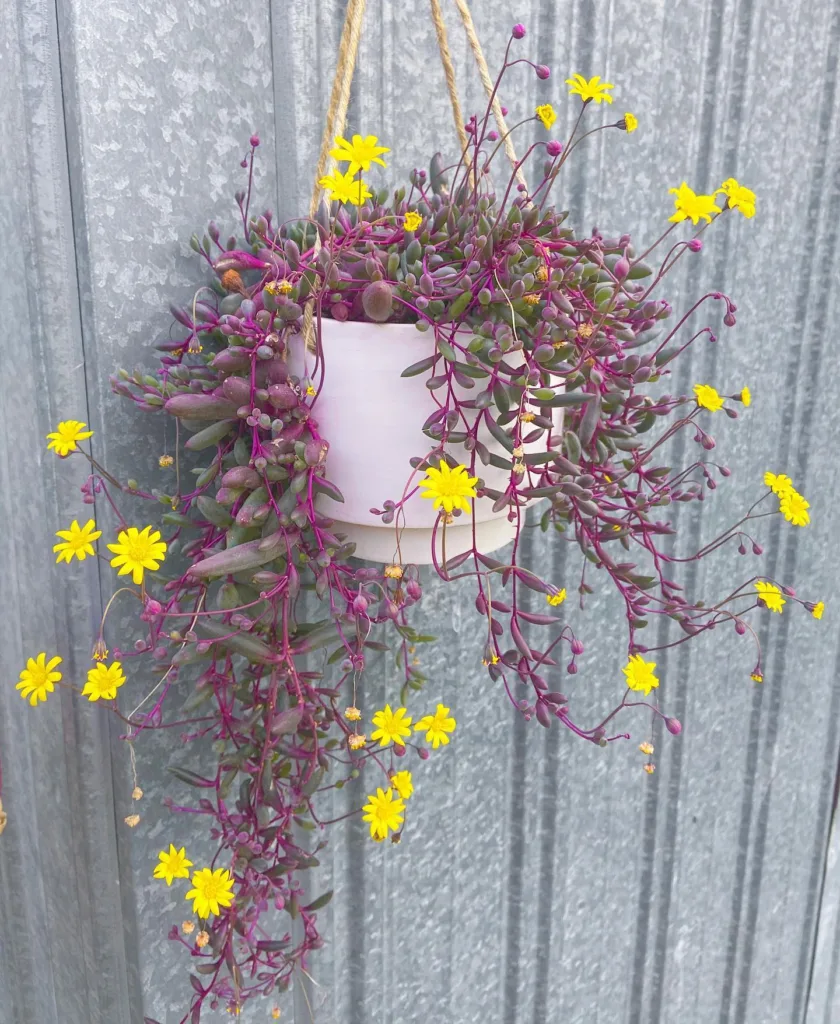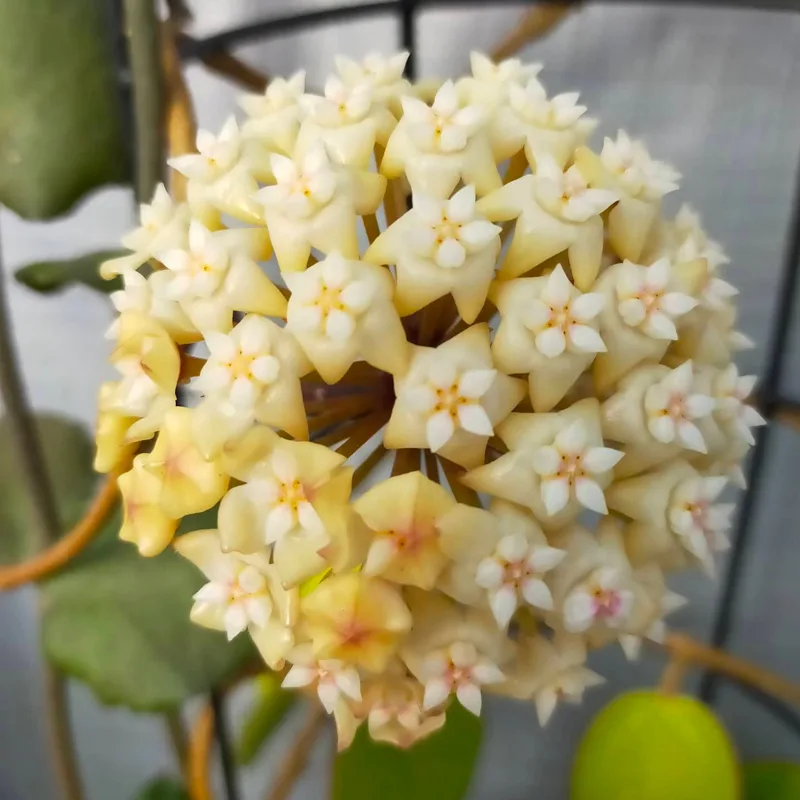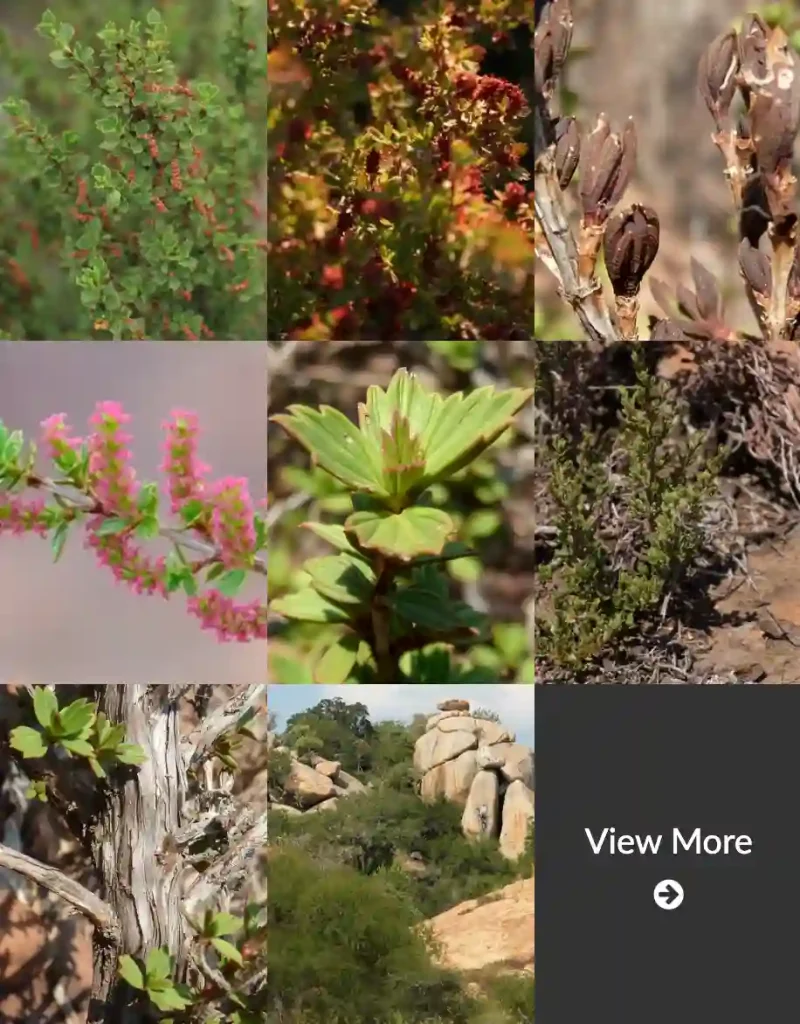Dyckia: A Thorny Love Affair
My name is Ferb Vu, and I have a confession. I’m obsessed with Dyckia. These spiky, sun-loving succulents have completely captured my heart, and my garden. To some, they may seem a bit prickly and unapproachable, but beneath those spines lies a world of beauty and fascination.
What exactly are Dyckia? They’re a genus of plants belonging to the Bromeliaceae family, closely related to pineapples, though you won’t find any edible fruit on these. Native to South America, they thrive in harsh, arid environments, clinging to rocky outcrops and sandy soils. This resilience is part of their appeal; they’re tough, independent, and require minimal fuss.
A Tapestry of Textures and Colors
The first thing that struck me about Dyckia was their incredible diversity. The leaves, arranged in tight rosettes, come in a mind-boggling array of shapes, sizes, and colors. Some are slender and grass-like, others broad and fleshy. Their surfaces can be smooth or covered in silvery scales, giving them an almost otherworldly appearance. And the colors! Deep greens, fiery reds, vibrant oranges, and even cool blues—it’s a painter’s palette come to life.
But it’s the spines that truly define Dyckia. Ranging from tiny prickles to formidable hooks, they guard the leaves with a fierce beauty. These spines aren’t just for show; they serve an important purpose, deterring thirsty herbivores and capturing precious morning dew.
A Bounty of Biodiversity
The genus Dyckia boasts over 180 recognized species, each with its own unique characteristics. Here are:
- Dyckia marnier-lapostollei: This striking species is known for its silvery-white leaves and prominent spines. It’s a real showstopper, especially when grown in full sun, which intensifies its coloration.
- Dyckia brevifolia: A compact species with short, triangular leaves, often forming dense clumps. Its red-tipped spines add a touch of menace to its otherwise charming appearance.
- Dyckia fosteriana: This one is a personal favorite. Its long, slender leaves are adorned with white scales and edged with fierce spines. It’s a true survivor, tolerating both drought and intense heat.
- Dyckia goehringii: A master of disguise, this species can vary significantly in appearance depending on its growing conditions. It can range from green to almost black, with spines that can be short and inconspicuous or long and menacing.
- Dyckia acutiflora Leme & Z.J.G.Miranda
- Dyckia affinis Baker
- Dyckia agudensis Irgang & Sobral
- Dyckia alba S.Winkl.
- Dyckia altoana P.J.Braun & K.-H.Tank
- Dyckia apiunensis P.J.Braun & C.Gastaldi
- Dyckia areniticola Leme
- Dyckia atratiflora P.J.Braun, Esteves & Scharf
- Dyckia aurea L.B.Sm.
- Dyckia barthlottii R.Vásquez & Ibisch
- Dyckia beateae E.Gross & Rauh
- Dyckia beloisae L.B.Sm.
- Dyckia brachyphylla L.B.Sm.
- Dyckia brachystachya Rauh & E.Gross
- Dyckia bracteata (Wittm.) Mez
- Dyckia brasiliana L.B.Sm.
- Dyckia braunii Rauh
- Dyckia burchellii Baker
- Dyckia burle-marxii L.B.Sm. & Read
- Dyckia cabrerae L.B.Sm. & Reitz
- Dyckia cangaphila P.J.Braun, Esteves & Scharf
- Dyckia choristaminea Mez
- Dyckia cinerea Mez
- Dyckia commixta Hassl.
- Dyckia conceicionensis O.B.C.Ribeiro & Leme
- Dyckia consimilis Mez
- Dyckia coximensis L.B.Sm. & Reitz
- Dyckia crocea L.B.Sm.
- Dyckia dawsonii L.B.Sm.
- Dyckia delicata Larocca & Sobral
- Dyckia deltoidea (L.B.Sm.) L.B.Sm.
- Dyckia densiflora Schult. & Schult.f.
- Dyckia dissitiflora Schult. & Schult.f.
- Dyckia distachya Hassl.
- Dyckia divaricata Leme & Büneker
- Dyckia domfelicianensis Strehl
- Dyckia duckei L.B.Sm.
- Dyckia dusenii L.B.Sm.
- Dyckia edwardii P.J.Braun, Esteves & Scharf
- Dyckia elata Mez
- Dyckia elisabethae S.Winkl.
- Dyckia elongata Mez
- Dyckia eminens Mez
- Dyckia encholirioides (Gaudich.) Mez
- Dyckia espiritosantensis Leme & A.P.Fontana
- Dyckia estevesii Rauh
- Dyckia excelsa Leme
- Dyckia exserta L.B.Sm.
- Dyckia ferox Mez
- Dyckia ferrisincola O.B.C.Ribeiro & Leme
- Dyckia ferruginea Mez
- Dyckia floribunda Griseb.
- Dyckia formosensis Leme & Z.J.G.Miranda
- Dyckia frigida Hook.f.
- Dyckia glabrifolia Leme & O.B.C.Ribeiro
- Dyckia glandulosa L.B.Sm. & Reitz
- Dyckia goiana L.B.Sm.
- Dyckia gouveiana Leme & O.B.C.Ribeiro
- Dyckia gracilis Mez
- Dyckia grandidentata P.J.Braun & Esteves
- Dyckia granmogulensis Rauh
- Dyckia hatschbachii L.B.Sm.
- Dyckia hebdingii L.B.Sm.
- Dyckia hohenbergioides Leme & Esteves
- Dyckia horridula Mez
- Dyckia ibicuiensis Strehl
- Dyckia ibiramensis Reitz
- Dyckia incana O.B.C.Ribeiro & Leme
- Dyckia inconspicua P.J.Braun & K.-H.Tank
- Dyckia inflexifolia Guarçoni & M.A.Sartori
- Dyckia insignis Hassl.
- Dyckia irmgardiae L.B.Sm.
- Dyckia irwinii L.B.Sm.
- Dyckia joanae-marcioi P.J.Braun, Esteves & Scharf
- Dyckia jonesiana Strehl
- Dyckia josinoi-narcisae (P.J.Braun & Esteves) Forzza
- Dyckia julianae Strehl
- Dyckia kranziana Leme
- Dyckia lagoensis Mez
- Dyckia leptostachya Baker
- Dyckia limae L.B.Sm.
- Dyckia lindevaldae Rauh
- Dyckia linearifolia Baker
- Dyckia lunaris Leme
- Dyckia lutziana L.B.Sm.
- Dyckia macedoi L.B.Sm.
- Dyckia machrisiana L.B.Sm.
- Dyckia macropoda L.B.Sm.
- Dyckia magnifica Büneker & Mariath
- Dyckia maracasensis Ule
- Dyckia maranhensis Guarçoni & Saraiva
- Dyckia maritima Baker
- Dyckia martinellii B.R.Silva & Forzza
- Dyckia mauriziae Esteves & Hofacker
- Dyckia mello-barretoi L.B.Sm.
- Dyckia mezii Krapp
- Dyckia microcalyx Baker
- Dyckia milagrensis Leme
- Dyckia minarum Mez
- Dyckia mirandana Leme & Z.J.G.Miranda
- Dyckia mitis A.Cast.
- Dyckia montezumensis Leme
- Dyckia monticola L.B.Sm. & Reitz
- Dyckia nana Leme & O.B.C.Ribeiro
- Dyckia nervata Rauh
- Dyckia niederleinii Mez
- Dyckia nigrospinulata Strehl
- Dyckia nobilis Büneker, K.Soares & L.C.Assis
- Dyckia odorata L.B.Sm.
- Dyckia oligantha L.B.Sm.
- Dyckia orobanchoides Mez
- Dyckia oscarii Guarçoni & M.A.Sartori
- Dyckia pampeana Büneker
- Dyckia paraensis L.B.Sm.
- Dyckia pauciflora L.B.Sm. & Read
- Dyckia paucispina Leme & Esteves
- Dyckia pectinata L.B.Sm. & Reitz
- Dyckia pernambucana L.B.Sm.
- Dyckia piauiensis Esteves & Gouda
- Dyckia piracanjubensis Esteves & Gouda
- Dyckia platyphylla L.B.Sm.
- Dyckia pontesii Büneker, Witeck & K.Soares
- Dyckia pottiorum Leme
- Dyckia princeps Lem.
- Dyckia pseudococcinea L.B.Sm.
- Dyckia pseudodelicata Büneker & Mariath
- Dyckia pulquinensis Wittm.
- Dyckia pumila L.B.Sm.
- Dyckia racemosa Baker
- Dyckia racinae L.B.Sm.
- Dyckia ragonesei A.Cast.
- Dyckia rariflora Schult. & Schult.f.
- Dyckia reitzii L.B.Sm.
- Dyckia remotiflora A.Dietr.
- Dyckia retardata S.Winkl.
- Dyckia retroflexa S.Winkl.
- Dyckia richardii P.J.Braun & Esteves
- Dyckia rigida Strehl
- Dyckia rondonopolitana Leme
- Dyckia rupestris W.Till & Morawetz
- Dyckia saxatilis Mez
- Dyckia schwackeana Mez
- Dyckia secunda L.B.Sm.
- Dyckia secundifolia Leme
- Dyckia selloa (K.Koch) Baker
- Dyckia sellowiana Mez
- Dyckia seringeriana P.J.Braun & C.Gastaldi
- Dyckia sickii L.B.Sm.
- Dyckia silvae L.B.Sm.
- Dyckia simulans L.B.Sm.
- Dyckia sordida Baker
- Dyckia spinulosa L.B.Sm. & Reitz
- Dyckia splendida Esteves & Gouda
- Dyckia stenophylla L.B.Sm.
- Dyckia stolonifera P.J.Braun & Esteves
- Dyckia strehliana Büneker & R.Pontes
- Dyckia subinermis Mez
- Dyckia sulcata Guarçoni
- Dyckia tenebrosa Leme & H.Luther
- Dyckia tenuis Mez
- Dyckia tobatiensis Hassl.
- Dyckia tomentella Mez
- Dyckia tomentosa Mez
- Dyckia trichostachya Baker
- Dyckia tuberosa (Vell.) Beer
- Dyckia tubifilamentosa Wand. & G.M.Sousa
- Dyckia tweediei Mez
- Dyckia uleana Mez
- Dyckia ursina L.B.Sm.
- Dyckia velascana Mez
- Dyckia velloziifolia Mez
- Dyckia vestita Hassl.
- Dyckia vicentensis Strehl
- Dyckia vilsonii P.J.Braun & C.Gastaldi
- Dyckia virgata Mez
- Dyckia viridiflora Forzza
- Dyckia waechteri Strehl
- Dyckia walteriana Leme
- Dyckia warmingii Mez
- Dyckia weddelliana Baker
The Joys of Cultivation
One of the things I love most about Dyckia is their ease of care. They’re the perfect plants for busy people or those new to gardening. Give them plenty of sunlight, well-draining soil, and the occasional watering, and they’ll reward you with their unique beauty.
I’ve found that Dyckia are incredibly versatile. They thrive in pots, rockeries, and even hanging baskets. They can be used to create dramatic focal points or add texture and interest to mixed plantings. Their drought tolerance makes them ideal for xeriscaping, and their architectural forms lend a modern touch to any garden.
A Passion Shared
My fascination with Dyckia has led me to connect with a vibrant community of enthusiasts online and in my local area. We share tips, trade plants, and marvel at the endless variety of this captivating genus. It’s been incredibly rewarding to learn from others and contribute to the growing body of knowledge about these plants.
If you’re looking for a plant that’s both beautiful and low-maintenance, I highly recommend giving Dyckia a try. You might just find yourself falling in love with their prickly charm, just as I have.
If i die, water my plants!



